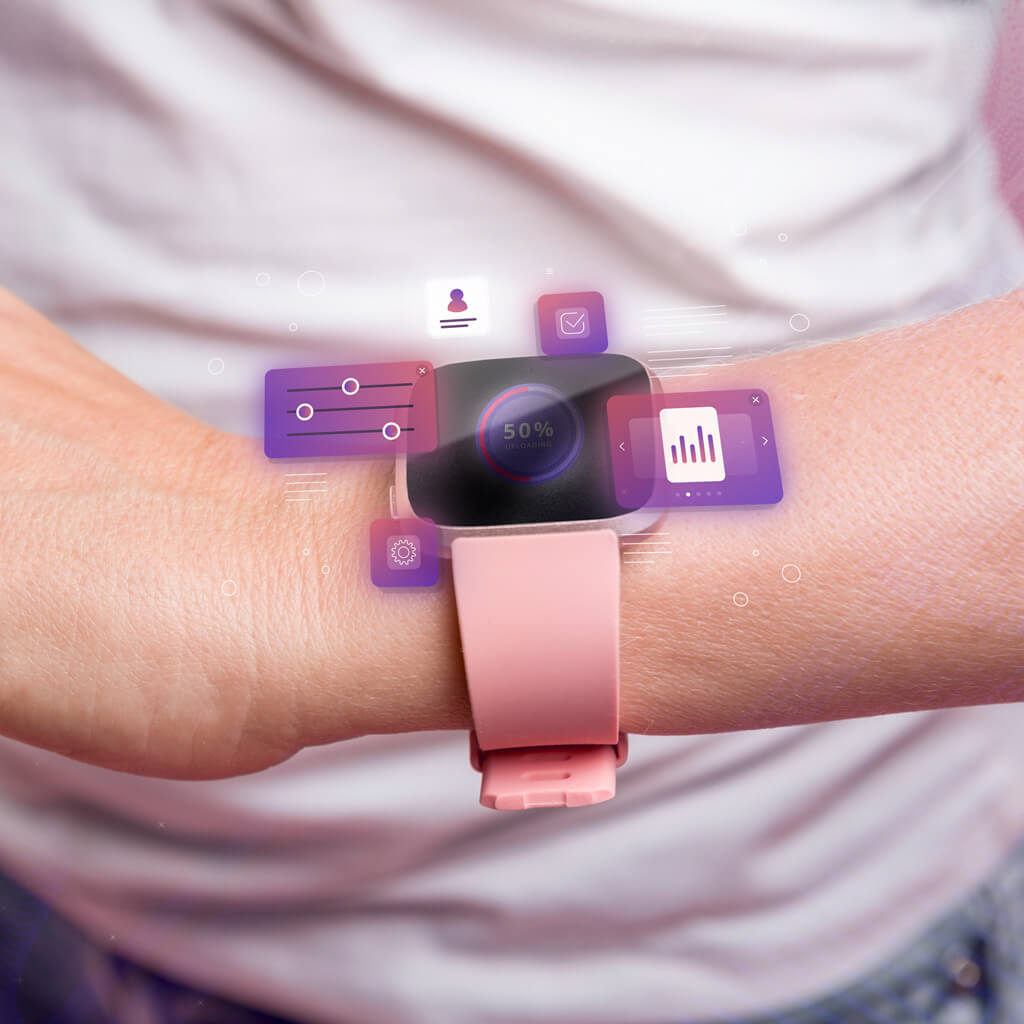The world of smart wearables has evolved far beyond simple step-counting and heart rate-monitoring devices. Today, these gadgets offer a diverse range of features, from health diagnostics to environmental sensing, and have the potential to revolutionize the way we manage our wellness and interact with our surroundings.
Smart wearables are now being developed to detect and monitor a range of health conditions, offering early warning signs and continuous tracking of vital health metrics. For example, wearables can now detect the early signs of conditions like diabetes by monitoring glucose levels in tears, or tracking heart health with ECG capabilities. This offers a proactive approach to healthcare, empowering users to take charge of their wellness and providing valuable data for doctors and researchers.
Environmental sensing is another emerging field for smart wearables. Imagine a device that could detect air pollution levels or UV radiation exposure, providing real-time data to help users make informed decisions about their environment. This technology could be especially beneficial for those with respiratory conditions or for outdoor enthusiasts seeking to protect their skin health.
These devices are also becoming increasingly stylish and discreet. Smart rings, necklaces, and even tattoos are being developed, offering more subtle ways to access technology. This trend towards miniaturization and fashion-conscious design is helping to make wearables more accessible and appealing to a wider range of consumers.
Furthermore, the data collected by these wearables can provide valuable insights for researchers and scientists. With the user’s consent, this data can be used to advance studies in various fields, from public health to environmental science. It also has implications for insurance and healthcare providers, who could use this data to offer personalized policies and more efficient healthcare solutions.
Of course, with great power comes great responsibility. As these devices collect increasingly sensitive data, security and privacy become paramount concerns. Manufacturers must prioritize robust security measures and transparent data handling practices to maintain user trust and ensure the safe use of these devices.
The applications of smart wearables extend beyond the individual as well. In a team or group setting, these devices can facilitate unique and engaging interactive experiences. For example, in a theme park or an escape room, smart wearables could be used to enhance immersion and enable interactive challenges, creating a shared experience that blends the digital and physical worlds.
Smart wearables are also making their way into the workplace, with applications in employee safety and performance enhancement. For instance, wearables could monitor hazardous working conditions, like high temperatures or gas leaks, and provide real-time alerts to keep workers safe.
The potential for smart wearables to enhance our lives is vast, and we’ve only scratched the surface. As technology advances and societal needs evolve, we can expect even more innovative applications for these devices, creating a future where smart wearables are seamlessly integrated into our daily lives, enhancing our health, our environment, and our overall well-being.
The Washington Post and BuzzFeed News have been at the forefront of covering this exciting evolution, highlighting the potential benefits and challenges that come with this emerging technology. As journalists, it is our duty to inform and engage our readers about the possibilities that smart wearables present, while also fostering a critical dialogue around privacy, security, and ethical considerations.
This article aims to provide our readers with an informative and thought-provoking overview of the potential impacts of smart wearables beyond fitness tracking. By exploring the diverse applications and implications of this technology, we hope to spark curiosity, encourage discussion, and empower our readers to make informed decisions about the role of smart wearables in their lives.
